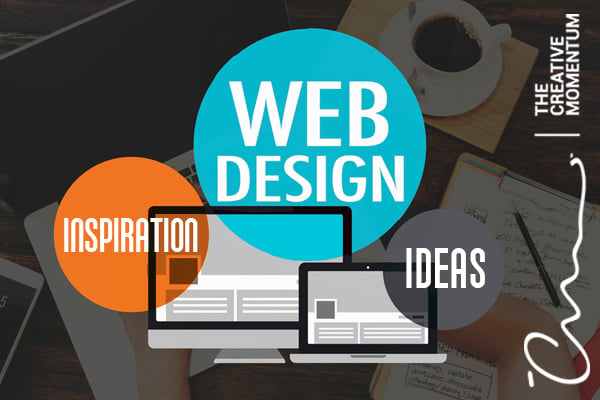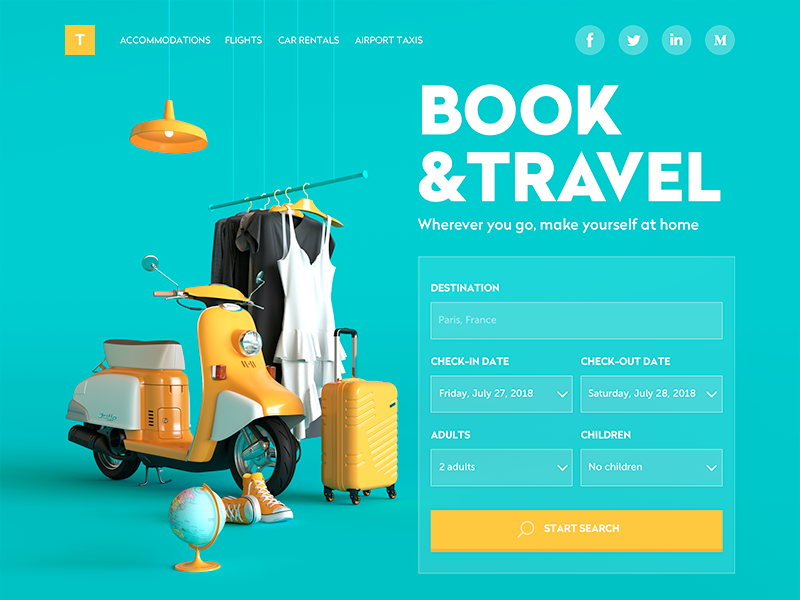Aligned Position Web Design: Building Beautiful and Functional Websites for Your Business
Aligned Position Web Design: Building Beautiful and Functional Websites for Your Business
Blog Article
The Finest Sorts Of Website Design to Boost User Experience and Involvement
In the ever-evolving landscape of electronic interaction, the efficiency of website design substantially impacts individual experience and interaction. Different design methods, such as minimalist, receptive, and interactive designs, each deal unique benefits that can satisfy diverse individual demands. Recognizing which sorts of website design ideal serve these purposes can be critical for organizations aiming to improve consumer contentment and retention. The inquiry continues to be: which design components truly resonate with users and foster meaningful interaction? The expedition of these principles reveals crucial insights that may redefine your method to website design.
Minimalist Web Style
As electronic landscapes end up being increasingly cluttered, minimalist Web design has become an effective method to improving user experience. This design philosophy focuses on simpleness, concentrating on crucial aspects while eliminating unneeded diversions. By making use of adequate white space, uncomplicated navigation, and a minimal color palette, minimalist layout promotes clarity and directs user attention to vital material.
The core principle of minimal Web design is to develop a seamless communication for customers. By decreasing cognitive lots, individuals can quickly understand details without feeling overwhelmed. This straight method not just enhances usability yet likewise encourages involvement, as visitors are more probable to check out a website that is very easy and aesthetically attractive to navigate.
In addition, minimalist layout commonly emphasizes typography and images, making use of these components strategically to share messages successfully. This focus on necessary components can boost brand name identity and develop an unforgettable customer experience. In essence, minimal website design is not simply a fad; it is a thoughtful approach that identifies the importance of user-centered style. By removing supplementary elements, designers can produce an extra engaging, efficient, and pleasurable Web experience for all customers.
Receptive Website Design
In today's varied electronic setting, receptive Web style has actually become vital for producing a smooth customer experience across a plethora of tools. As customers access websites on smartphones, tablet computers, laptops, and desktops, the ability of a website to adapt its design and material to different screen sizes and resolutions is critical.
Responsive website design utilizes flexible grids, images, and CSS media questions to make certain that Web material exists efficiently, regardless of the gadget made use of. This technique not only enhances the aesthetic allure of a site but also significantly boosts functionality. Users are most likely to involve with a site that supplies a constant experience, as it eliminates the aggravation of needing to focus or scroll exceedingly.
Additionally, online search engine, consisting of Google, prioritize mobile-friendly websites in search positions. By taking on receptive layout, services can boost their presence and reach a more comprehensive audience. This approach additionally simplifies site maintenance, as a solitary version of the website can cater to all gadgets, decreasing the demand for multiple variations. In summary, responsive website design is an essential technique that boosts individual experience, interaction, and overall fulfillment.
Interactive Website Design
Responsive Web design lays the groundwork for boosting user experience, but interactive website design takes this an action additionally by involving customers in a more vibrant means - Aligned Position Web Design. By integrating aspects such as computer animations, clickable prototypes, and real-time responses, interactive Web style captivates customers, attracting them right into a richer browsing experience
This method not only promotes involvement yet likewise encourages customers to explore material proactively instead of passively eating it. Techniques such as gamification, where users gain rewards for finishing great post to read jobs, can significantly improve the time invested in a site and enhance total complete satisfaction. Moreover, interactive functions can streamline intricate information, making it more enjoyable and digestible.

Incorporating interactive style components can additionally cause greater conversion rates, as users are more probable to involve with a site that proactively involves them. Aligned Position Web Design. Inevitably, interactive Web style changes individual experiences into unforgettable trips, ensuring that visitors return time and once more
Apartment Layout
Identified by its minimalistic approach, flat design highlights simpleness and functionality, removing unnecessary aspects and concentrating on necessary attributes. This design approach focuses on functionality, making sure that customers can browse user interfaces with convenience and performance. By using a clean aesthetic, flat design removes the clutter commonly found in extra ornate designs, consequently improving individual focus on material and performance.
The trademark of level design depends on its use strong colors, easy typography, and geometric shapes. These components contribute to a visually appealing interface that is both friendly and modern-day. Furthermore, flat design cultivates a feeling of clarity, allowing users to recognize crucial activities and information without interruption.
Additionally, level layout is particularly effective in receptive Web layout, as its simpleness equates well across different gadgets and display dimensions. By focusing on essential attributes, level design not only fulfills user needs yet also motivates smooth communication, making it an essential part of efficient Web design approaches.
Flexible Website Design
Adaptive website design tailors the customer experience by producing several repaired formats tailored to different screen sizes and tools. Unlike receptive layout, which fluidly adjusts a solitary layout, adaptive style utilizes unique layouts for particular breakpoints, guaranteeing optimum discussion on different systems. This approach permits developers to concentrate on the unique characteristics of each gadget, improving usability by delivering specifically what individuals require based on their context.
One of the main advantages of adaptive website design is its capability to optimize lots times and performance. By offering customized web content and click to read more pictures that fit the customer's device, sites can reduce data usage and enhance loading speeds. This is specifically helpful for customers with slower connections or restricted data strategies.

Additionally, adaptive style helps with an extra constant and regulated branding experience. Since developers create several formats, they can ensure that the visual aspects straighten with the brand's identity across various systems - Aligned Position Web Design. This results in a cohesive individual experience, improving involvement and advertising user retention
Final Thought
In final thought, the assimilation of minimalist, receptive, and interactive website design concepts significantly improves customer experience and involvement. Minimalist layout cultivates clarity and emphasis, while responsive style makes sure flexibility throughout numerous tools, promoting access. Interactive layout captivates users through dynamic elements, encouraging expedition and personalization. Collectively, these layout approaches add to the development of user-friendly settings that not just improve satisfaction yet likewise drive higher conversion rates, highlighting their important importance in contemporary website design strategies.

Minimalist design cultivates clarity and emphasis, while receptive layout ensures flexibility throughout numerous devices, promoting ease of access. Jointly, these layout comes close to add to the development of user-friendly environments that not only boost satisfaction but also drive greater conversion rates, underscoring their vital significance in contemporary Web layout methods.
Report this page